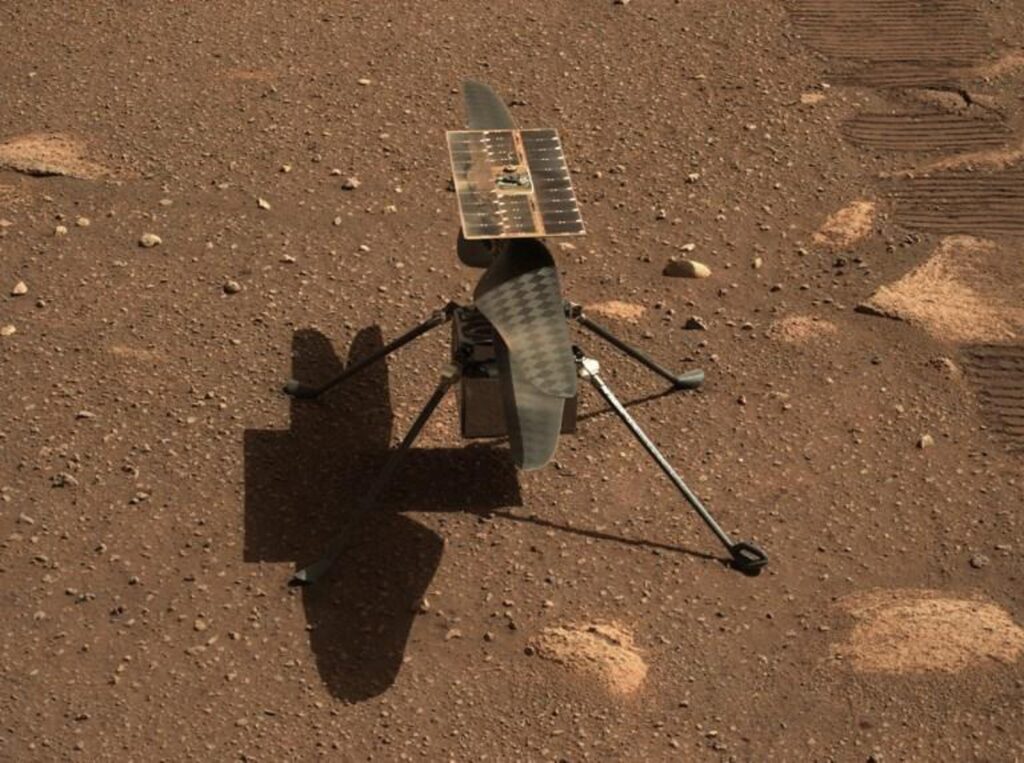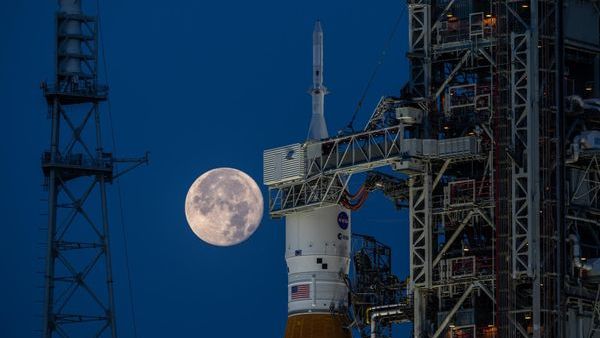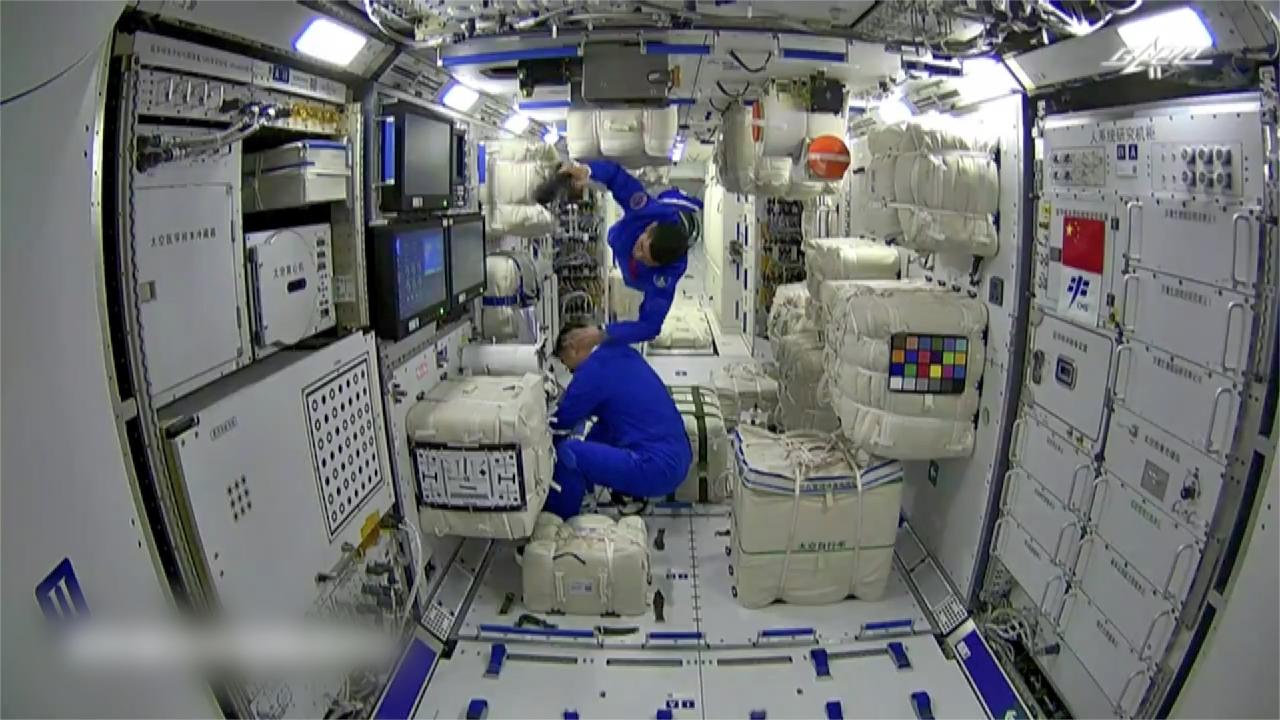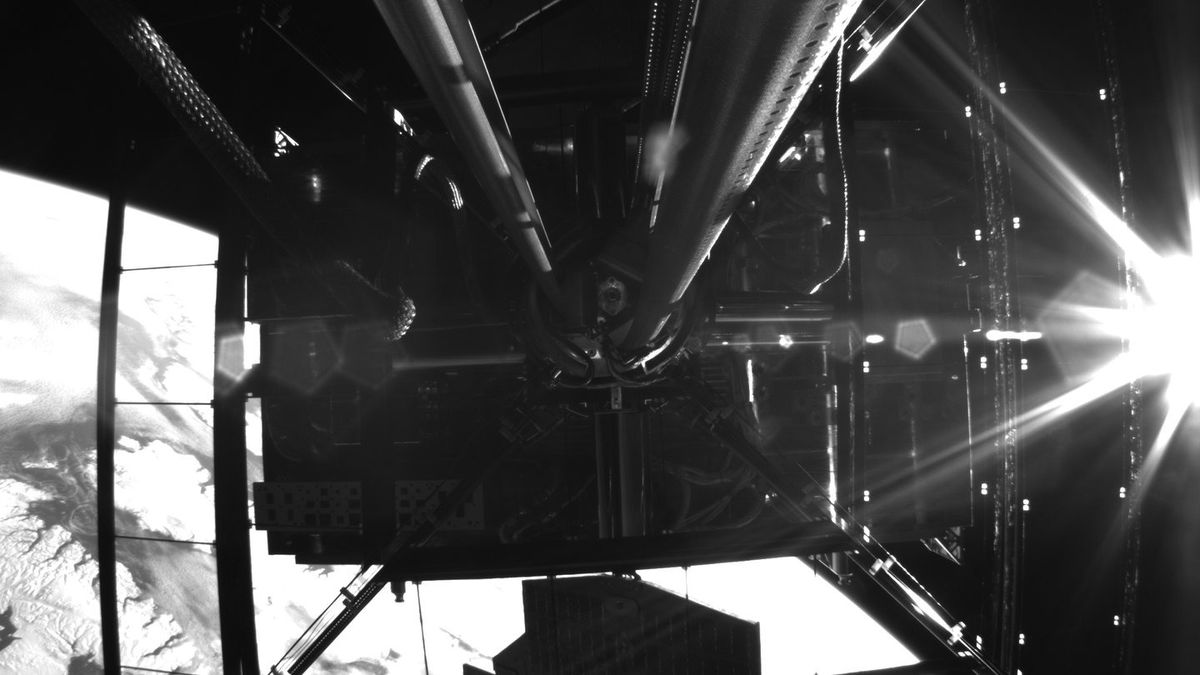Weather delays plagued Firefly Alpha’s fourth Fly the Lightning trip.
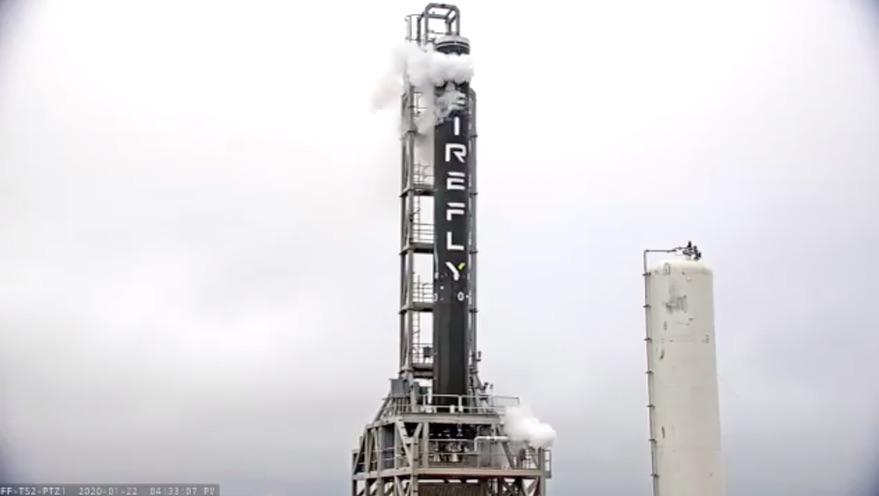
Firefly Alpha’s Fly the Lightning Mission Faces Setback with Anomaly in Fourth Flight
The launch occurred from Vandenberg Space Force Base’s SLC-2W at 9:32 AM PST on December 22, 2023. Firefly’s first dedicated commercial mission deployed Tantrum into a retrograde orbit. After the scheduled second-stage fire, the Lightning 1 upper-stage engine failed to reignite, resulting in a lower orbit.
The second flight of Firefly’s Alpha vehicle ended with a payload deployed at a lower altitude than planned due to second-stage issues. Unlike that incident, the latest mission’s payloads are communicating with ground stations and appear healthy. The lower-than-expected orbit’s effect on the Tantrum bus is unknown.
Firefly demonstrated its on-demand launch capabilities, previously used during the U.S. Space Force’s VICTUS NOX campaign, before the launch. Alpha was loaded with the Tantrum payload 24 hours before launch to simulate on-demand mission response times. These operations were studied by the U.S. Space Force Tactically Responsive Space team to guide future missions and repeatable on-demand launch requirements.
READ ALSO: SpaceX and SDA Ready to Fly for Tranche-0B
Firefly Alpha’s Rapid Response Capability Tested in Fly the Lightning Mission
Firefly’s Alpha matches comparable fast response launchers worldwide in size and capability. Successful swift callup during the VICTUS NOX campaign shows Firefly’s dedication to speedy response. The partial failure of the Fly the Lightning mission raises questions regarding quality control and response launcher capabilities.
Uncertain how the anomaly will affect the launch vehicle’s timeline. Alpha will fly NASA’s Venture Class Launch Services 2 mission next. Firefly switches from test flights to operational missions with this mission to launch the ELaNa 43 cubesat mission from SLC-2W at Vandenberg Space Force Base.

